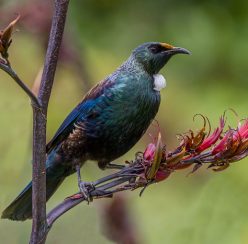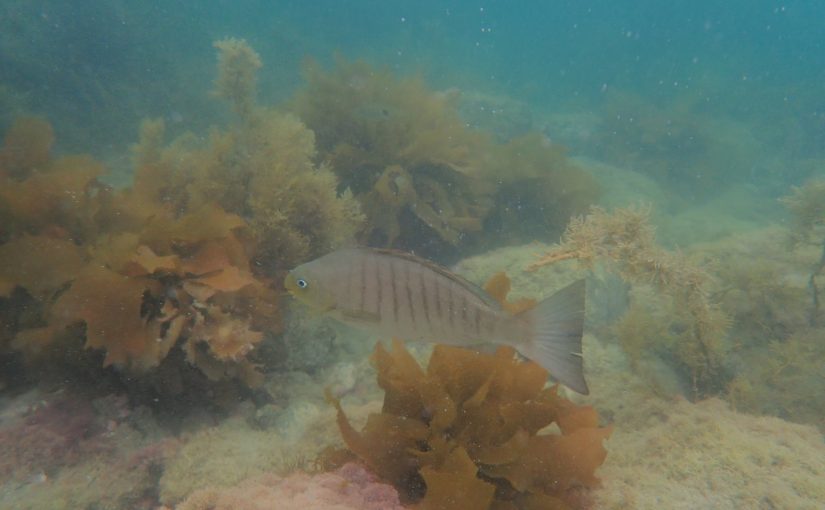If there is one seafood Rakino is particularly abundant in, it’s spiky kina.
The un-charismatic sea urchin has managed to stealthily encroach on sub tidal rocky reef crevices all around our island. This would be bearable if there were vast schools of old granddaddy snapper with blubbery lips thick enough to crack their carapaces open, but the snapper inhabiting the reefs are in the main part juveniles. Likewise, crayfish are functionally extinct in the Hauraki Gulf, which means they exist in insufficient numbers to fulfil their role in the ecosystem as a predator of kina.
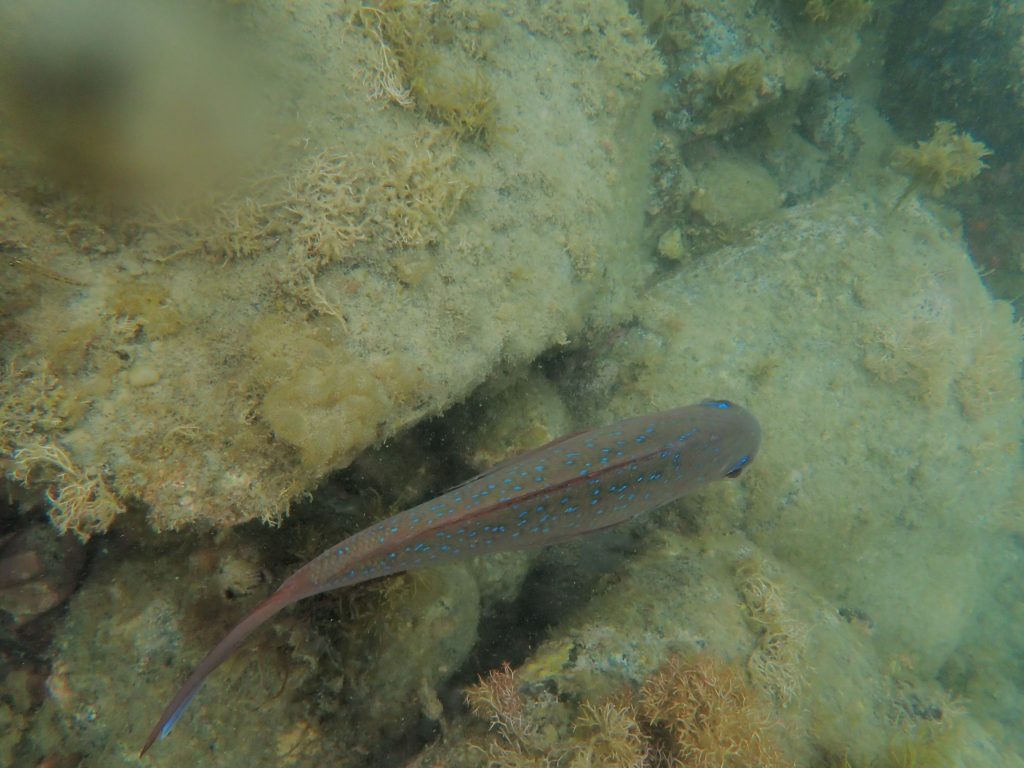
As a consequence kina are steadily munching their way through swathes of kelp beds creating kina ‘barrens’, which is pretty much what it says on the tin; areas barren of everything except kina. Healthy kelp beds are our most important and most diverse coastal ecosystems. They are nursery areas for many commercially fished species as well as a food larder of smaller rocky reef fishes for those species. They should teem with life, and in areas of high protection, they do.
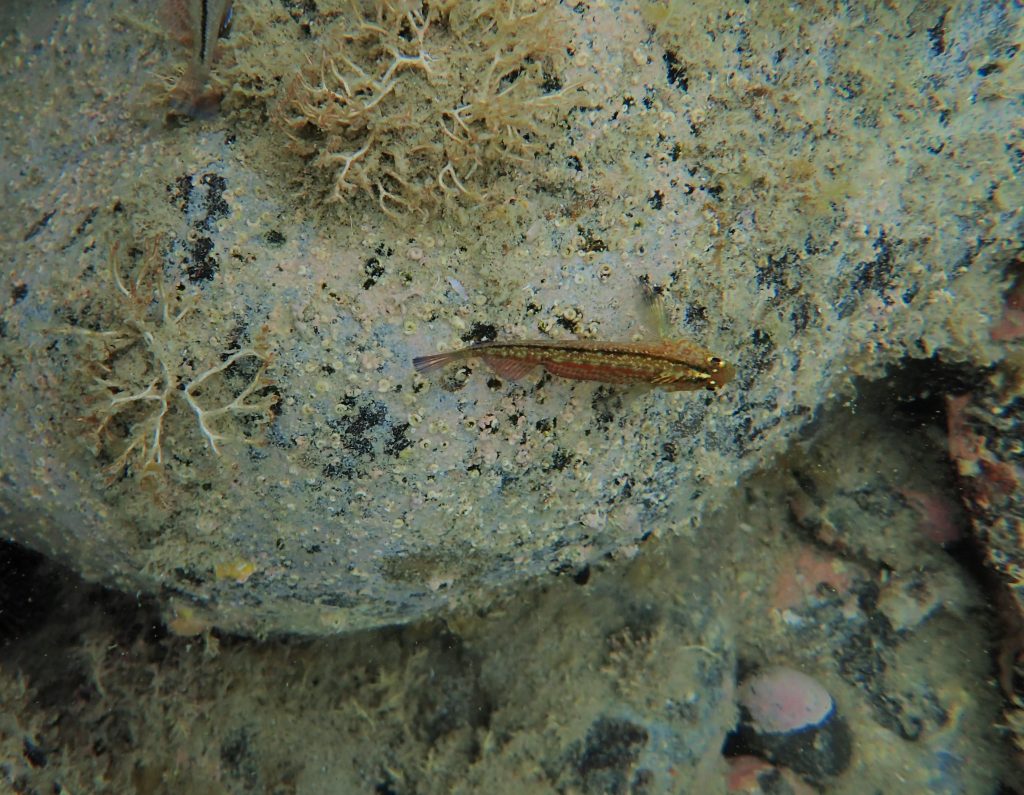
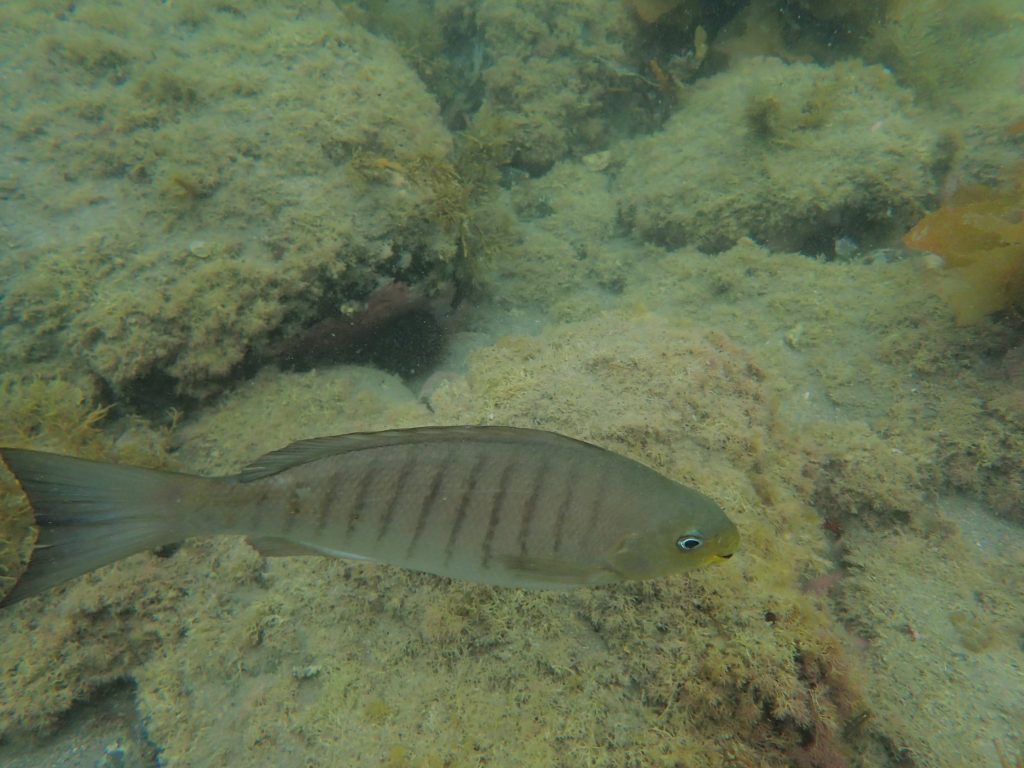
They are also a larder for the seabird species we see around Rakino, the shags, little blue penguins, reef herons, gannets, shearwater, and petrels. The seabirds eat fish and their guano feeds nutrients back into the kelp beds so the cycle can continue.
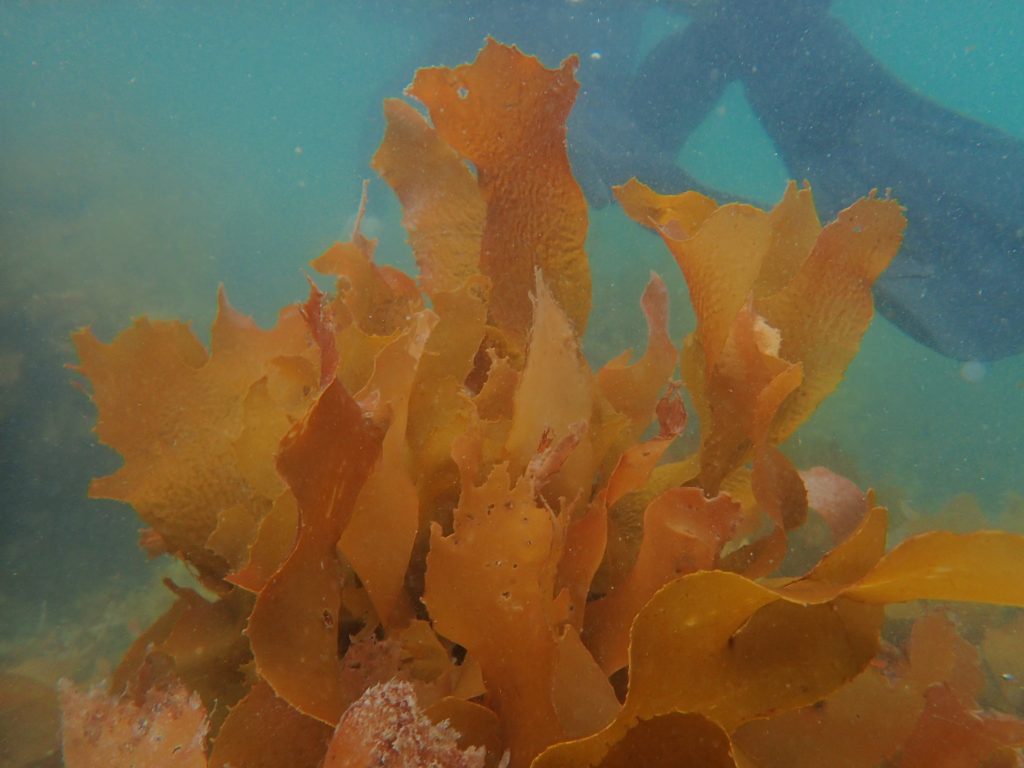
This is the time of year to eat kina because they are supposedly sweeter and plumper. In some regions the collective wisdom is to harvest them when kowhai is in flower, in other areas when pohutukawa is in flower. Generally I would hazard the correct time to collect them is in Spring, at low-tide. If you were to adhere to Mātauranga Māori you would harvest them in the days immediately following a full moon.
The bag limit for kina is 50 per collector per day.
I’ve always been averse to kina; the descriptions of its flavour sounded frankly nasty, but I braved a mouthful after a recent snorkel and was pleasantly surprised. The orange roe is the part to eat, and its texture is quite firm. They were briny, lightly iodine flavoured, and mildly sweet. The immediate sensation was that I had eaten something tremendously healthy. Kina are tremendously healthy! Kina is a good source of Iodine, Selenium, Vitamin B6 and VitaminA; and a source of Magnesium, Phosphorus, Potassium, Riboflavin (vitamin B2) and Vitamin E.
I’ve noticed kina gradually creeping onto the menus of good restaurants around Auckland, in the same way they creep into every rock crevice available. I found this recent recipe from Al Brown on RNZ, so I’m sharing it in the hope you’ll all put some kina entrees on your Rakino summer menu this year. I advise a glove to protect your hand as you lever them off the rocks, and a bag to put your catch in. Don’t worry, they don’t move quickly…
https://www.rnz.co.nz/collections/recipes/fried-kina-on-toast
